Clematis "Taiga": description, tips for growing and breeding
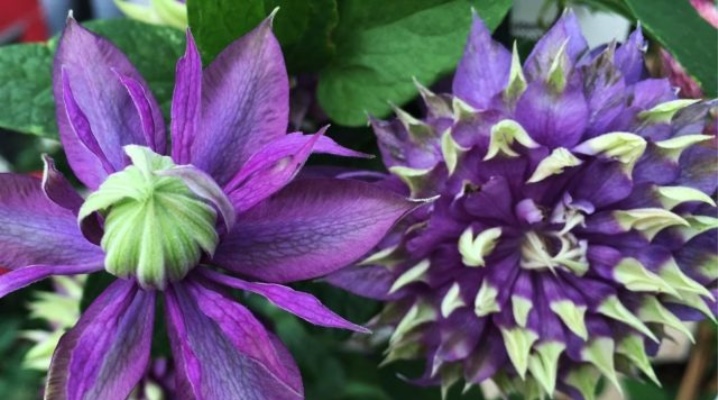
Many gardeners choose Taiga clematis for landscape design. They do not differ in particular demands on care and growing conditions, but they look extremely impressive and bloom without interruption all summer.
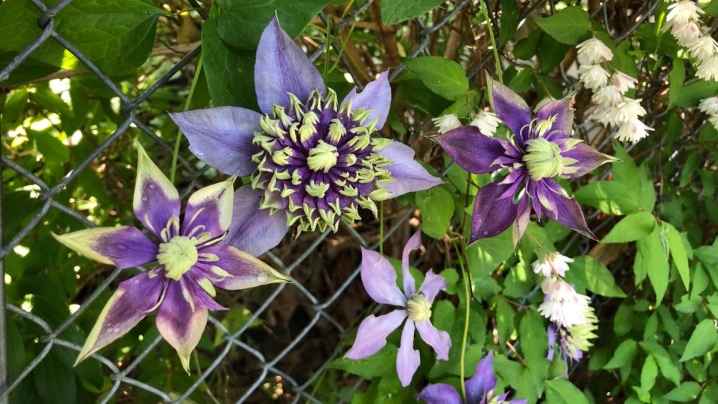
Description of the variety
Clematis with an interesting name "Taiga" was bred by breeders relatively recently. The variety is large-flowered and attracts gardeners with its amazing appearance. "Taiga" blooms practically from the beginning of June to the beginning of September. The bush reaches a height of 2 to 2.5 meters, and its width ranges from 70 centimeters to a meter. The shade of the flowers of the climbing perennial is a combination of blue and purple with a slight addition of pink.
In this case, the tips of the petals are most often painted in a green-yellow, and sometimes lemon shade. The diameter of one flower can reach an interval of 13 to 15 centimeters, which is quite a high figure. In principle, proper care and adherence to planting rules contributes to the achievement of a larger size. The leaves of such clematis are painted in a beautiful green shade and are characterized by the presence of a neat edge. Their shape can be cordate or triple, due to the combination of several separate leaves in the form of a pointed ellipse.
Clematis "Taiga" is considered to be quite unpretentious. The plant is able to grow even when winter frosts lead to a decrease in temperature to -23 or -25 degrees.
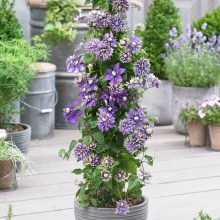

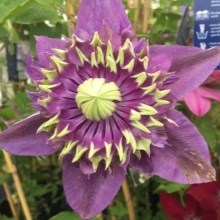
Thus, the culture is recommended for growing in 9 climatic zones. If we compare "Taiga" with other clematis, then its clear advantage will be the presence of beautiful double-shaped flowers. Over time, an ordinary flower transforms into a dense double, which lengthens the flowering process. The shade of the buds also changes at this time. Clematis "Taiga" is not afraid of not only low temperatures, but also unfavorable conditions. However, it reacts very badly to shady areas - the absence of the sun leads to a slowdown in the growth and development of the plant.
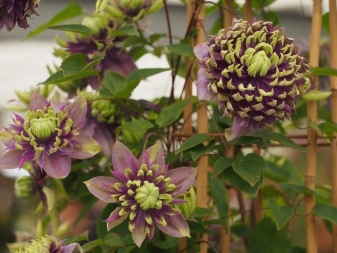
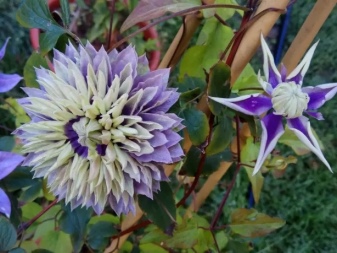
Landing
The plant is recommended for planting in the beds somewhere in April or even in May, when the return of frost is no longer necessary. An alternative might be autumn, but before it gets colder.
It is customary to determine the exact dates depending on the region where the flower grows - for example, in the south, planting in the autumn months is recommended. If planting is carried out in the spring, then it is important that there are young shoots on the bush, and with autumn planting we are talking about vegetative buds.
The place for clematis of the "Taiga" variety is chosen very carefully, since further transplantation, which injures the roots, is not recommended. As mentioned above, the plant does not tolerate shade well, so the selected area should be high-quality illuminated throughout the day. In addition, protection of the crop from drafts is also important, since a strong wind can break stems and shoots. Clematis should not be planted next to the wall of the house, fence or some kind of outbuilding, as fungal diseases and rotting of the roots are likely due to the resulting shadow. The culture will grow for a long time, and its flowering will be unsatisfactory. It is important that between 30 and 50 centimeters remain from wall to bush.
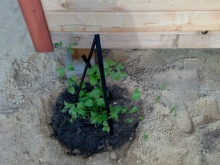

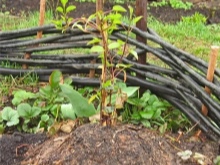
For "Taiga", a fertile and loose soil with a neutral or slightly acidic pH level is suitable. Ideally, this should be wet loam, as heavy clay will negatively affect the condition of the roots. Of course, close ground waters should also be avoided. Before direct planting, the soil must be loosened up, and also enriched with useful components. Experts recommend using a couple of buckets of humus, a bucket of coarse sand, a bucket of peat and lime, one and a half glasses of complex mineral fertilizer, half a glass of superphosphate and a glass of wood ash.
It is better to take seedlings with a closed root system, since they are much easier to tolerate "transportation", and then adapt to the situation. Clematis used for this purpose must have at least 3 healthy roots, the length of which is 10 centimeters. Immediately before planting, the seed is stored in a space where the temperature is 2 degrees Celsius. On the day of planting, the plant, remaining in a container with an earthen lump, should stand for about half an hour in a container filled with settled water at room temperature.
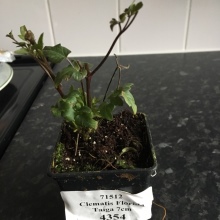
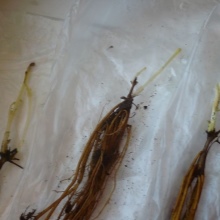
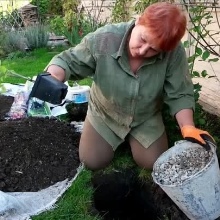
The hole is pulled out in such a way that its depth is 60 centimeters, and its diameter also reaches 60 centimeters. It is important to maintain a gap of 30 cm between individual clematis in the case of planting one variety, as well as a distance of 1.5 to 2 meters when planting different varieties. The bottom of the hole must be filled with drainage 10 centimeters thick. You can use different materials for this purpose, for example, pebbles, pieces of brick, sand or gravel. A soil layer is necessarily formed on top of the drainage.
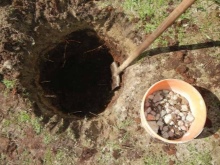
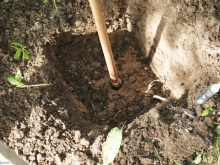
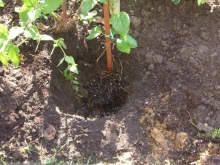
A seedling is placed in the center of each pit so as to go 5-10 centimeters deep. The existing gaps and voids should also be filled with earth and slammed a little. Clematis "Taiga" must be watered and then mulched with pieces of bark. Professional gardeners advise planting annual grasses side by side so that they create shade at the base of each plant.
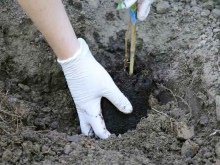
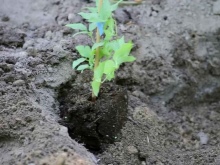

Follow-up care
Having landed clematis "Taiga", you need to immediately think about tying up the culture. The plant needs a reliable support, which can be used as an arch, screen or even more durable plant.
It is customary to fix shoots on a support every few days, as the plant continues to grow and develop.
On hot days, irrigation should be done 2 or even 3 times a week. Watering clematis should be abundant and even with irrigation of the leaves, so it is better to spend it in the evening, when the sun goes down, or in the early morning.
Usually, one bush uses a couple of buckets of liquid, and this volume is especially important to observe in the first years of clematis life... If you neglect this rule, you will have to deal with a small size of flowers, or with a shortened flowering period. The first year of fertilization is optional. In the second year, the culture will need feeding in both spring and summer: either every month or twice a month. For the qualitative development of the plant, it is recommended to alternate mineral and organic fertilizing and in no case add fresh manure.
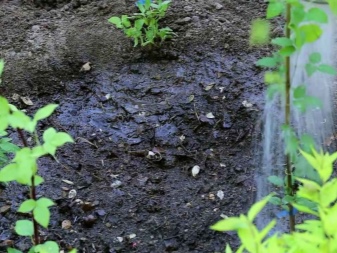
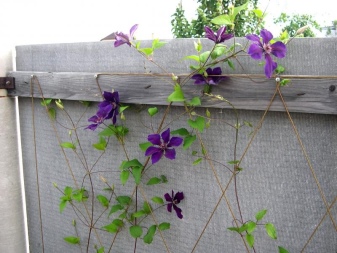
Mulching is carried out immediately after planting. The selected material is scattered in a thin layer to avoid overheating of the soil. For this purpose, not only bark, but also chips are suitable. When it gets colder, the thickness of the mulch will have to be increased by about 10 centimeters. In addition, regular loosening of the soil is also important.
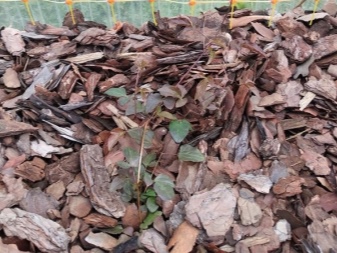
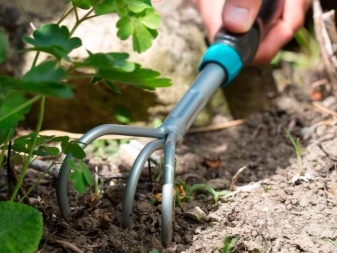
Trimming group
Pruning of "Taiga" is carried out in the fall, just before hibernation. The pruning group is determined depending on the height of the shoots left.
According to this classification, clematis "Taiga" belongs to the third group, whose members need deep shortening.
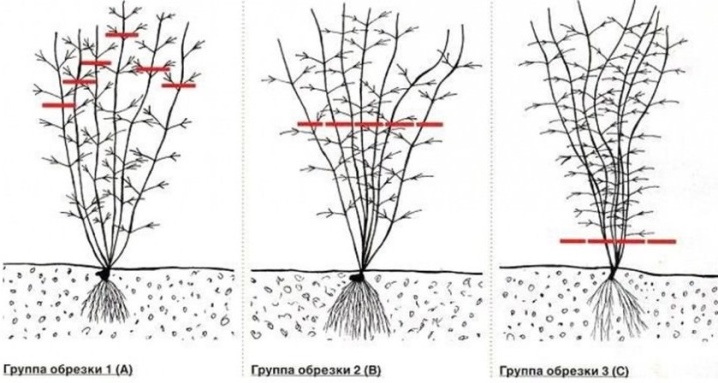
With a cold snap, those shoots that have completely dried up require complete elimination, and the rest are shortened to a height of 40-50 centimeters remaining above the surface. It is important that the left shoots have 2-4 vegetative buds. If everything is done correctly, then clematis will grow uninterruptedly and delight the owners with abundant flowering.
It should be mentioned that some gardeners advise changing the size of the branches left. In the first year, only 30 centimeters should remain above the strong kidneys, and the next year it is worth increasing the length to 40 centimeters. For all subsequent years of the plant's life, the remaining length is 50 centimeters.

Disease and pest control
Clematis "Taiga" has good immunity to most diseases, but it still suffers from fungi quite often. For example, Fusarium wilting can be the result of excessive soil moisture or high air humidity. To prevent the problem, it is enough to simply adhere to the conditions of detention and the correctness of care measures. In addition, in the off-season, planting sites should be treated with foundation, 20 grams of which is diluted in 10 liters of water.
If the roots of the plant are exposed to bears, nematodes or even moles, and the leaves are gnawed by slugs or snails, then it makes sense to feed the flower with complexes containing an increased amount of ammonia. Planting parsley, dill and marigolds next to it will become multifunctional - this will both scare off pests and add aesthetics and benefits.



Preparing for winter
In principle, clematis "Taiga" tolerates low temperatures well, which is precisely one of the advantages of the variety. But when the temperature starts to drop below -15 degrees, the bushes will need additional shelter. The first step is to surround the plant with a combination of crushed foam and dried leaves, then cover it with a wooden container. The structure is wrapped in a thick film and then covered with earth. In the spring, as soon as the frost passes, the shelter must be removed immediately so that the plant does not fall out. However, this should also not be done too early, since the return of frost can destroy the plantings.
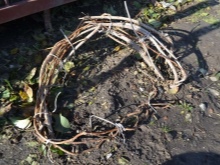
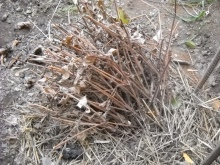
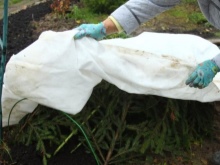
Reproduction
Clematis of the "Taiga" variety cannot be propagated with the help of seeds, since it is the result of the activities of breeders. In this case, gardeners have to use one of the vegetative methods. Dividing the bush is only suitable for those specimens that have been growing for more than 5 years in the same area. In this case, the plant is dug up, freed from earth clods and cut into several parts with a disinfected knife. The resulting delenki are immediately planted in new places.
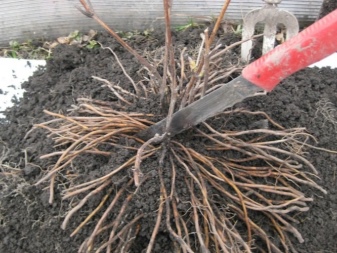
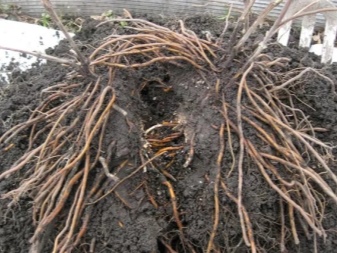
Having decided to propagate clematis by layering, the gardener will have to tilt the selected shoot in July and fix it at the surface with brackets. The ground in this place is necessarily moistened and covered with mulch. If you follow the rules of care, then in the fall or next year it will be possible to plant new bushes.

When propagated by cuttings, you can get many new copies of "Taiga". Shoots should be taken healthy and cut so that a right angle is formed on top, and an angle of 45 degrees below. At least 2 knots must be present on each branch used. Cuttings are treated with a special tool and placed in loosened and damp soil. For successful rooting, you will need to maintain high humidity and air temperature.
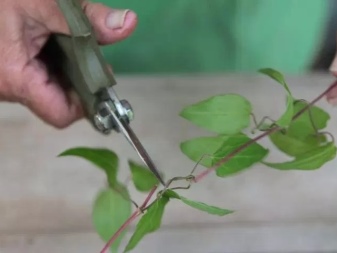
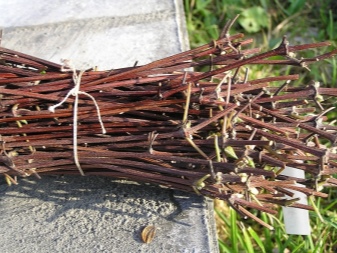
Examples in landscape design
When decorating a garden plot, clematis of the "Taiga" variety can be used either for individual supports or for walls. In the second case, it is important to follow the planting rules and ensure that the root system does not overcool and rot. Besides, a climbing plant will be interesting to look next to a gazebo, fence, swing or similar structure... At home, the cultivation of clematis is possible only if there is a voluminous flowerpot.
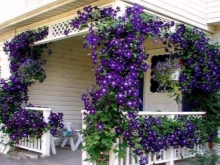
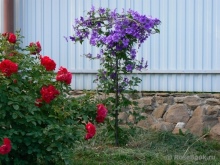
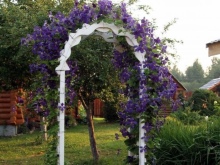
Review of clematis varieties "Taiga" in the video below.







































































































The comment was sent successfully.